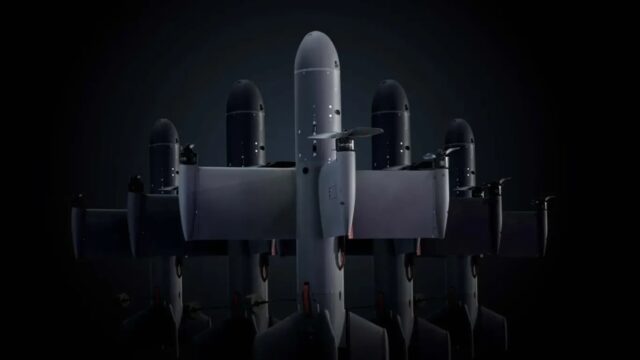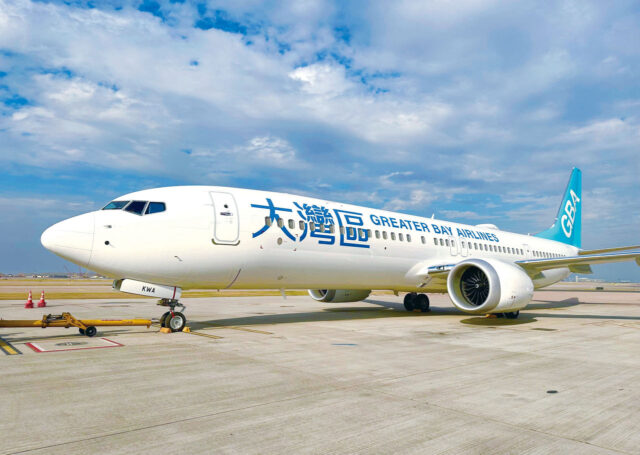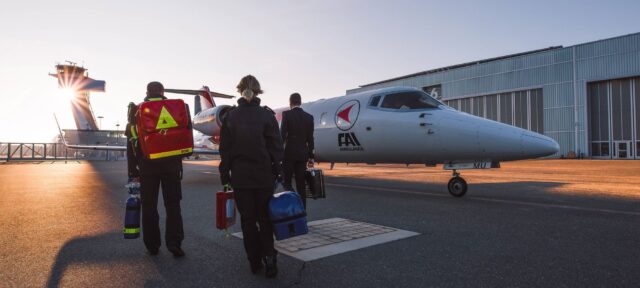No flaps, no rudder, no problem? DARPA pushes the X-65 toward flight tests

November 27, 2025
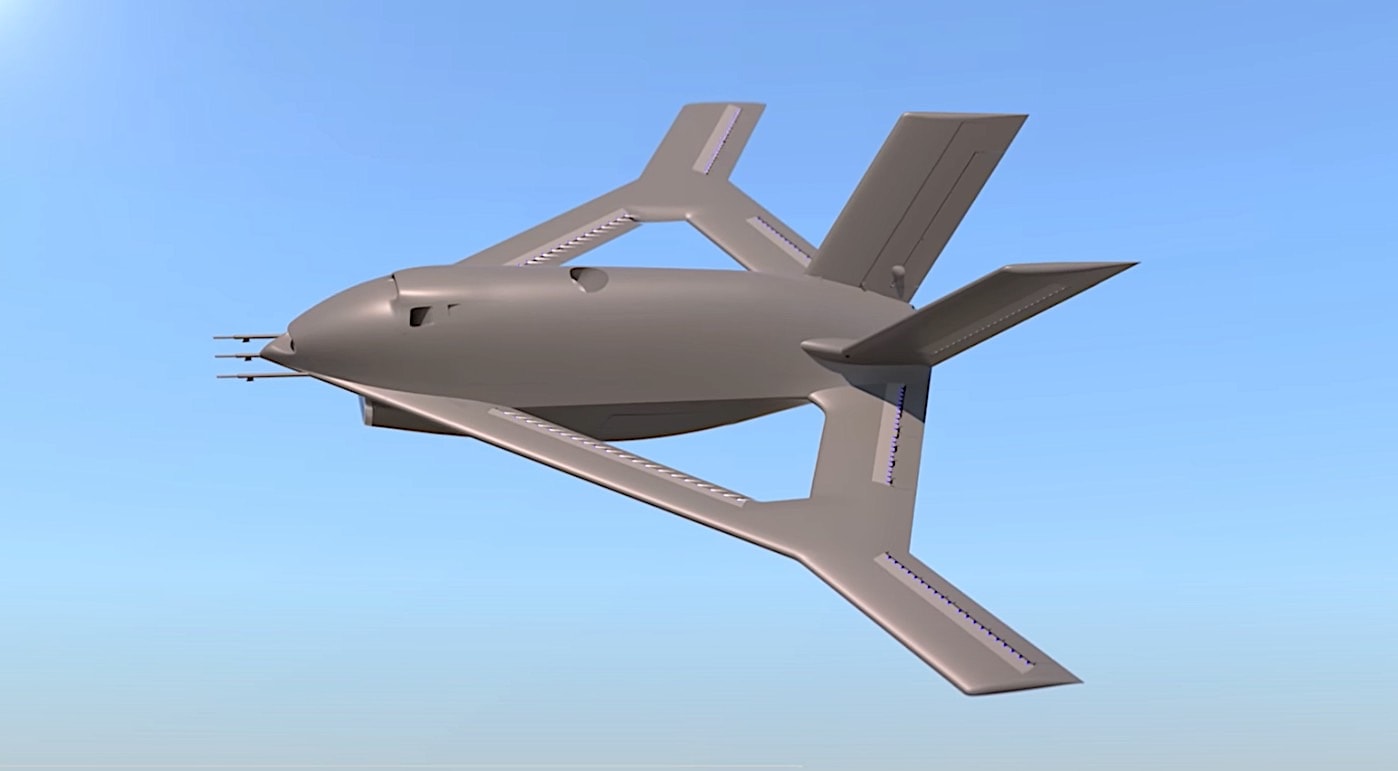
The X-65 experimental aircraft being built by Boeing-owned Aurora Flight Sciences for the US Defense Advanced Research Projects Agency (DARPA) is entering one of the most defining stages of its development.
After a stop-start year marked by rising costs and a structural rethink of the programme, the fuselage is now scheduled for completion in January 2026. The aircraft is expected to fly in late 2027, more than two years behind the original target.
The delay has not halted progress. Instead, it has reshaped the programme so that Aurora and DARPA now co-invest in completing the aircraft and flying its maiden mission.
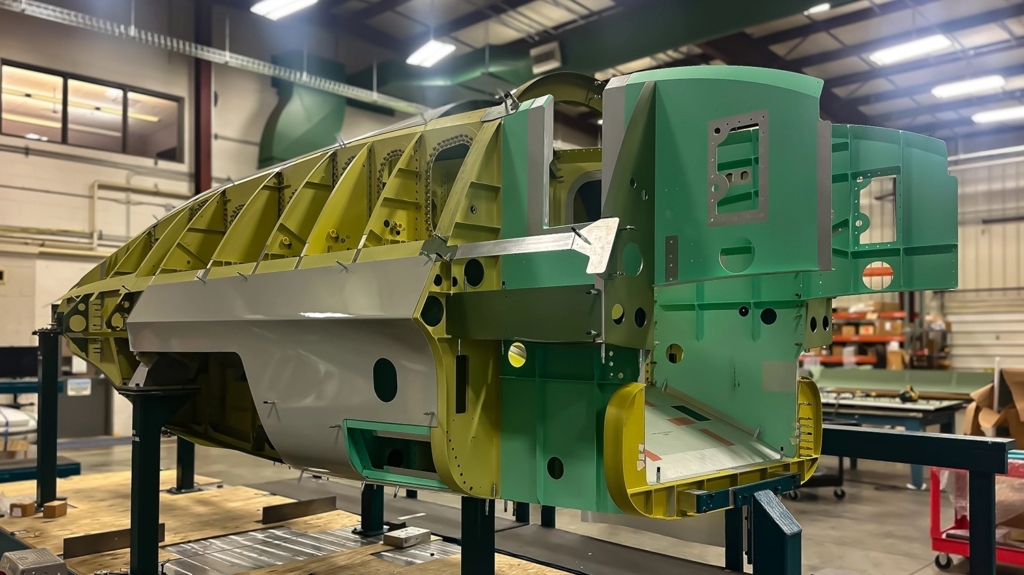
The ambition behind the aircraft explains why. The X-65 is not an incremental step. It tries to answer a question aviation has largely avoided since the Wright Brothers first mastered powered flight in 1903: can an aircraft steer without mechanical control surfaces?
From the wing-warping of the Wright Flyer to today’s fly-by-wire airliners, every aircraft has depended on flaps, rudders and ailerons. The X-65 seeks to break that principle and replace those moving parts with jets of air.
How DARPA’s X-65 uses active flow control to replace flaps and rudders
The aircraft is designed to demonstrate active flow control, or AFC. The idea is simple enough: instead of deflecting a physical surface, the aircraft uses fourteen pressurised air effectors embedded in the wings and tail to modify the airflow around the airframe. By energising or redirecting this flow, the X-65 can bank, climb and turn without hinges.
Eliminating mechanical surfaces could reduce drag, cut weight, simplify structures and unlock new aerodynamic configurations. DARPA describes AFC as a way to “reclaim design freedom” in areas constrained by today’s control surfaces.
Dr Richard Wlezien, programme manager for the CRANE initiative (Control of Revolutionary Aircraft with Novel Effectors), said the aircraft was conceived to uncover as much as possible about AFC at meaningful scale.
“The X-65’s distinctive wing shape is designed to help us maximise what we can learn about active flow control in full-scale, real-world tests,” he said.
This is why the demonstrator is not small. It weighs just over 7,000 pounds, spans 30 feet, and will fly up to Mach 0.7 — close enough to a military trainer to give the data operational value.
Inside the X-65’s modular diamond-wing design for long-term AFC testing
The X-65’s diamond-like wing is far from decorative. It introduces a wide range of aerodynamic challenges, including complex separation and vortex behaviour, which AFC is designed to manipulate.
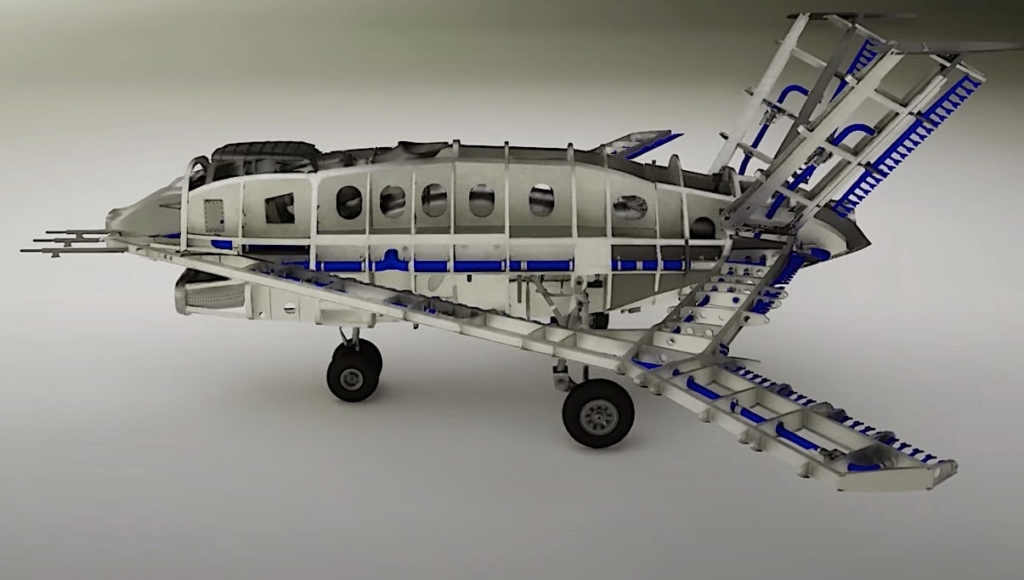
The aircraft is also fully modular. Wing sections, diffusers and effectors can be replaced or swapped between test campaigns. This ensures the platform remains relevant after the core CRANE programme ends, with DARPA expecting the X-65 to serve as a reusable testbed for future research.
The early flights will use traditional control surfaces as “training wheels,” Wlezien said. Later sorties may lock those surfaces and use air jets alone.
X-65 delay explained: DARPA restructures the active flow control programme
The original timeline was ambitious. After preliminary and critical design reviews were completed, Aurora began fabrication, tooling and sub-assembly at facilities in West Virginia and Mississippi, with propulsion and AFC components in-house. Rollout and first flight had been targeted for 2025.
That changed earlier this year when projected programme costs exceeded the original threshold. DARPA paused the effort, then restructured it. Under the agreement finalised in August 2025, Aurora became a co-investor.
The updated timeline now includes:
- Fuselage completion in January 2026
- Propulsion and AFC integration throughout 2026
- Ground testing into late 2026 and 2027
- First flight in late 2027
These milestones determine whether AFC remains a laboratory concept or becomes the basis for new airframes. Budget documents show CRANE receiving more than $66 million between fiscal years 2024 and 2026.
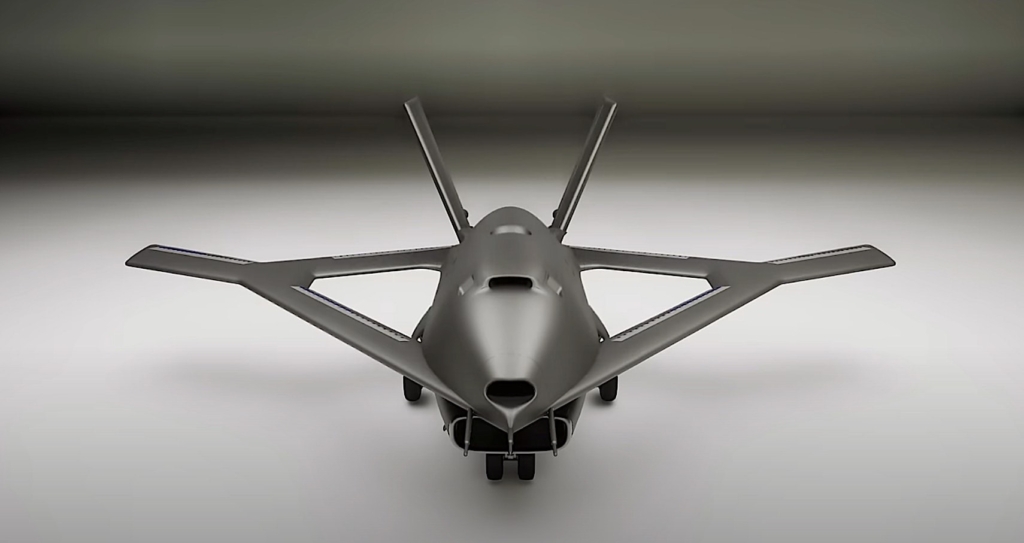
AFC is not new. Wlezien worked on its precursor — Micro Adaptive Flow Control — more than two decades ago. Wind-tunnel tests and small-scale demonstrators followed, but the X-65 is the first opportunity to evaluate AFC on an aircraft that resembles a real military platform.
Aurora’s vice-president for aircraft development, Larry Wirsing, described that long-term ambition:
“The X-65 platform will be an enduring flight test asset, and we’re confident that future aircraft designs and research missions will be able to leverage the underlying technologies and flight-test data.”
The design already anticipates multiple follow-on experiments, including new wing sweeps and interchangeable effectors for different aerodynamic conditions.
DARPA sees AFC enabling:
- Simpler structures and reduced mechanical maintenance
- New aerodynamic shapes unconstrained by hinges
- Potential stealth benefits through eliminating gaps and moving surfaces
How the X-65 revives a flight-control idea dating back to the Wright Brothers
The Wrights solved powered flight by solving control. Their wing-warping system created the foundation of modern flight dynamics. Everything since has relied on the same principle: move a surface to deflect airflow.
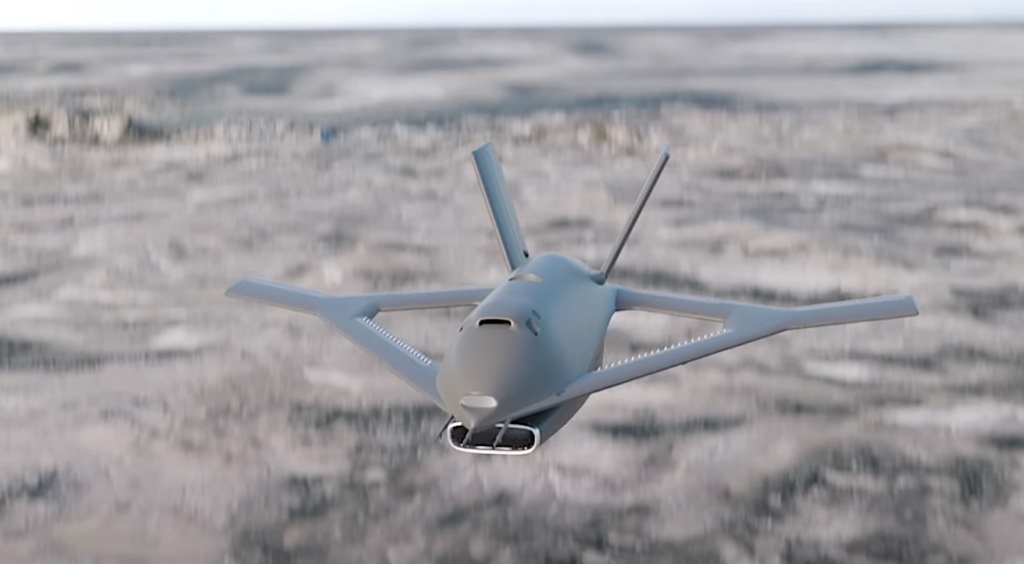
The X-65 challenges that assumption. It aims to show that control can come from air manipulation alone. If proven reliable, the implications extend well beyond performance. It could reshape how aircraft are engineered, maintained, and designed for roles where mechanical surfaces impose limits.
What X-65 active flow control could mean for future military and civil aircraft
If the X-65 validates AFC, the concept could influence the next generation of unmanned systems, tactical aircraft, high-efficiency transports, and platforms where signatures or weight drive design choices.
It is rare for a prototype to carry so much historical and technical significance. The X-65 is not simply another X-plane. It is an attempt to rewrite a rule that aviation has considered unbreakable for decades.
If it succeeds, the control surfaces that have defined aircraft for more than a century may no longer be essential. The aircraft remains years from that point, but the fuselage taking shape in West Virginia suggests that, for the first time, the idea will be tested in the air, not just in theory.
